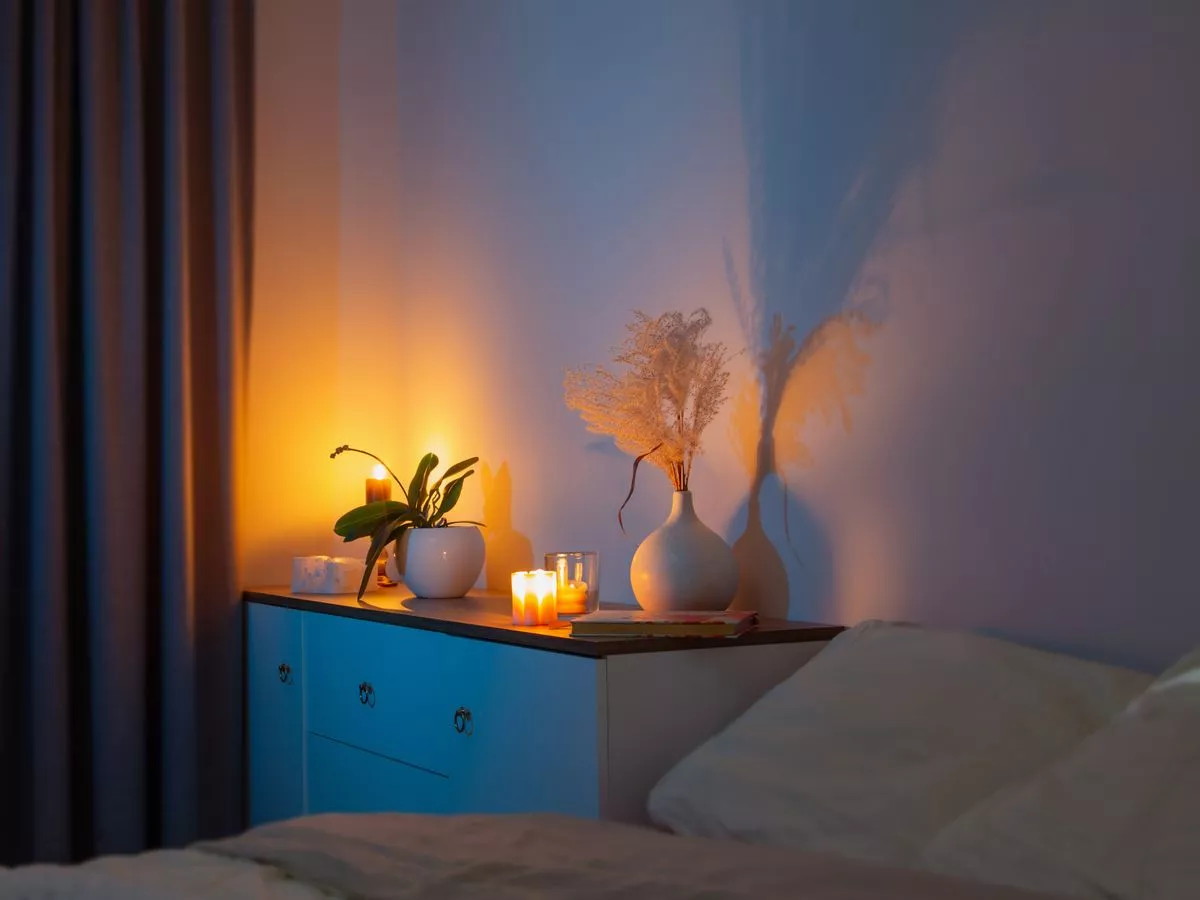By Phoebe Jobling
Copyright manchestereveningnews

UK households are being issued a warning over lighting candles before going to bed. With the weather taking a chilly turn, many people will be looking for ways to make their homes feel more cosy and warm, which includes lighting candles. Each year, there are more than 1,000 fires linked to candles, equivalent to three fires a day, with the majority of candle-related fires occurring between October and February. Most candle fires break out between 9pm and midnight, with sleep being a factor in 10 per cent of these fires. Sign up to our Manchester property newsletter here With the risk of candle fires rising as we head into autumn, sleep experts are now warning people of the dangers of falling asleep with candles burning, as well as how candles can affect your health. The sleep experts at MattressNextDay sent a Freedom of Information (FOI) request to all fire and rescue services in the UK. The data revealed that UK Fire and Rescue services attended 6,851 sleep-related incidents since 2020. South Yorkshire Fire and Rescue Service recorded the most sleep-related incidents since 2020, with 733, of all incidents, 17 involved candles. In second place, Greater Manchester Fire and Rescue Service responded to 652 sleep-related incidents since 2020, with 30 incidents involving candles. “The average Brit incurs 32 hours of ‘sleep debt’ (the difference between how much sleep you need and how much you actually get) a month, which can raise the risk of accidentally falling asleep with candles on,” says Martin Seeley. “The age-old saying that prevention is better than a cure has never been truer, so it’s key to reduce baseline fatigue by ensuring you’re getting at least 7-8 hours of quality sleep per night, as well as sticking to a routine bedtime and wake time, even on weekends. “This risk spikes between the low circadian points of 2-6 am and 2-4 pm; therefore, it’s important to be extra cautious if using candles during these times. If you do use candles in this window, spot the warning signs of tiredness early. If you notice yourself frequently yawning, having difficulty focusing, or micronapping (blinking longer than usual), blow it out as a precaution.” Sleeping with candles ablaze is a huge concern, which not only poses risks for your body but also your home, with a heightened risk of fires. In a TikTok which amassed more than 6 million views, a user reported falling asleep with a candle burning all night and, upon waking up, discovered their nostrils full of soot. Dr. Hana Patel, an NHS GP, shares what it means if you have black mucus or nostrils after sleeping with a candle lit: “Inhaling dark particles from candle smoke, dirt, dust, smog, or other pollutants can cause black mucus,” she says. “In some cases, black mucus can be a sign of severe lung conditions like chronic obstructive pulmonary disease (COPD), tuberculosis (TB), or even lung cancer. “You should not ignore it, especially if you have other symptoms like a lasting cough, shortness of breath, chest pain, fever, or unexplained weight loss.”



